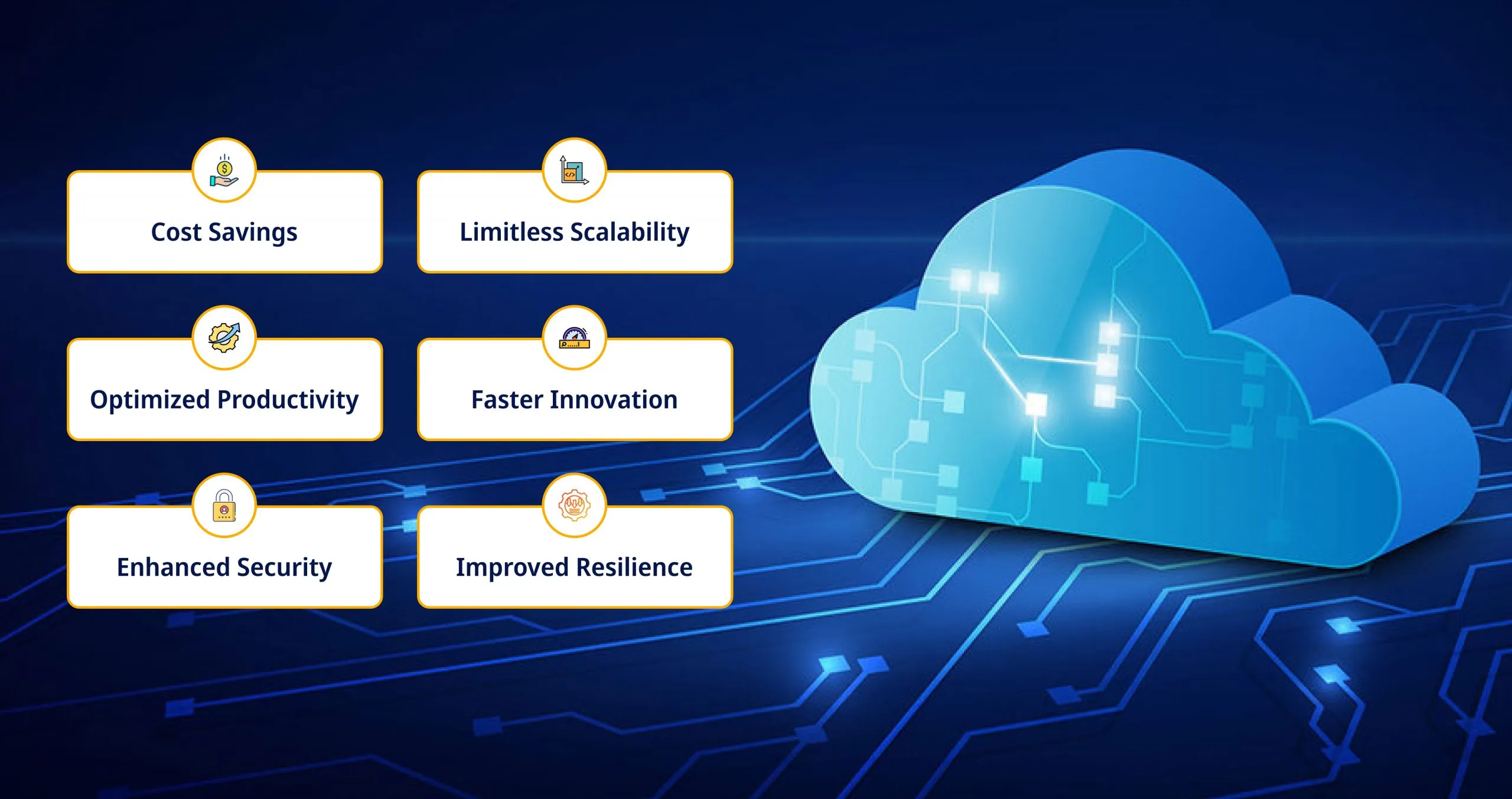
“In regulated industries, cloud migration isn’t just about modernization — it’s about maintaining trust, compliance, and resilience at every step.”
— Karman Vortex
For many industries, moving to the cloud is simply a matter of efficiency and cost. But in highly regulated environments — like finance, healthcare, and government — it’s much more complex. Cloud adoption must align with strict rules around data residency, access control, encryption, and compliance certifications.
That doesn’t mean regulated enterprises can’t modernize. In fact, with the right approach, they can benefit more from cloud transformation — achieving greater agility, lower costs, and improved security posture. But the key is in how it’s done.
The Regulatory Landscape: Complex & Non-Negotiable
Regulated sectors operate under a web of regional and industry-specific compliance standards. In the U.S. and Canada, organizations may be required to adhere to:
-
HIPAA (Health Insurance Portability and Accountability Act)
-
SOC 2 (System and Organization Controls)
-
PCI-DSS (Payment Card Industry Data Security Standard)
-
GDPR (General Data Protection Regulation, for global operations)
-
PIPEDA (Personal Information Protection and Electronic Documents Act – Canada)
-
FINRA/SEC Regulations (for finance and trading platforms)
Each framework has strict requirements around data encryption, audit logging, incident response, and especially data residency — where the data is physically stored and processed.
This means a “lift and shift” cloud migration won’t work. Instead, a strategic, security-first approach is needed.
Why Cloud Still Makes Sense — Even in Regulated Environments
There’s a misconception that cloud means less control or higher risk. But today’s top cloud platforms — AWS, Azure, GCP — offer enterprise-grade compliance features, including:
-
Dedicated regions for data sovereignty
-
Built-in encryption at rest and in transit
-
Fine-grained IAM (Identity and Access Management)
-
Audit logs, access tracking, and multi-factor authentication
-
Certifications like FedRAMP, ISO 27001, and SOC 2
In many cases, cloud security is stronger than legacy on-prem systems — if configured correctly.
“The cloud isn’t inherently insecure — but misconfigured cloud definitely is.”

Step-by-Step: Cloud Migration the Right Way
At Karman Vortex, we’ve guided regulated clients across North America through compliant, high-impact cloud transitions. Here’s how we recommend approaching it:
1. Discovery & Risk Assessment
Before touching infrastructure, start with a clear understanding of:
-
What data is sensitive or regulated
-
Where data must reside
-
Who needs access
-
What regulations apply
This stage often includes collaboration between legal, compliance, IT, and product teams.
2. Architecture with Compliance in Mind
Design your target environment to meet compliance requirements from day one. This includes:
-
Selecting cloud regions (e.g., AWS Canada Central for Canadian healthcare)
-
Defining encryption keys and access layers
-
Enforcing least-privilege access policies
-
Designing network segmentation and zero-trust models
Compliance shouldn’t be bolted on — it should be baked in.
3. Automated Controls & Monitoring
Manual compliance checks aren’t scalable. That’s why cloud-native services like:
-
AWS Config,
-
Azure Policy, and
-
GCP Cloud Audit Logs
can enforce rules automatically. Add security monitoring tools that alert in real-time, and integrate with your DevOps pipeline so that violations halt deployments before they go live.
4. Phased Migration with Shadow Testing
Don’t move everything at once. Use pilot applications or non-production workloads to validate your cloud setup.
Start small, verify compliance, get internal audit sign-off — then gradually expand. This approach minimizes business risk and builds internal confidence.
5. Documentation, Reporting & Audit Readiness
This is where most teams fall short. Regulators expect detailed evidence that your cloud environment is compliant.
Automate logs, create dashboards, and map every control to a compliance framework. Having a cloud security posture management (CSPM) tool is often essential for ongoing visibility and reporting.
A Real-World Example: Migrating a Canadian Healthcare Platform
One of our clients — a health data analytics company based in Alberta — needed to move from on-prem servers to AWS while complying with HIPAA and PIPEDA.
Together, we:
-
Chose the Canada Central region to ensure data residency
-
Built infrastructure as code using Terraform with enforced guardrails
-
Integrated AWS CloudTrail, Config, and GuardDuty for logging and monitoring
-
Established a zero-trust access model with MFA and role-based access
-
Deployed encrypted S3 buckets, secure RDS databases, and automated backup policies
The result? A 35% reduction in infrastructure cost, a 40% faster deployment cycle, and a full compliance sign-off from external auditors in just 6 weeks.
Final Thoughts: Cloud with Confidence
“Compliance doesn’t need to slow down your cloud strategy — it should guide and accelerate it.”
For regulated industries, the cloud isn’t just possible — it’s powerful. With the right planning, tools, and expertise, financial, healthcare, and public sector organizations can modernize confidently, without compromising trust or control.
At Karman Vortex, we specialize in delivering secure, scalable, and compliant cloud solutions across U.S. and Canadian markets. Whether you’re at the beginning of your journey or already scaling cloud workloads, we’re here to help you navigate compliance — without compromise.

